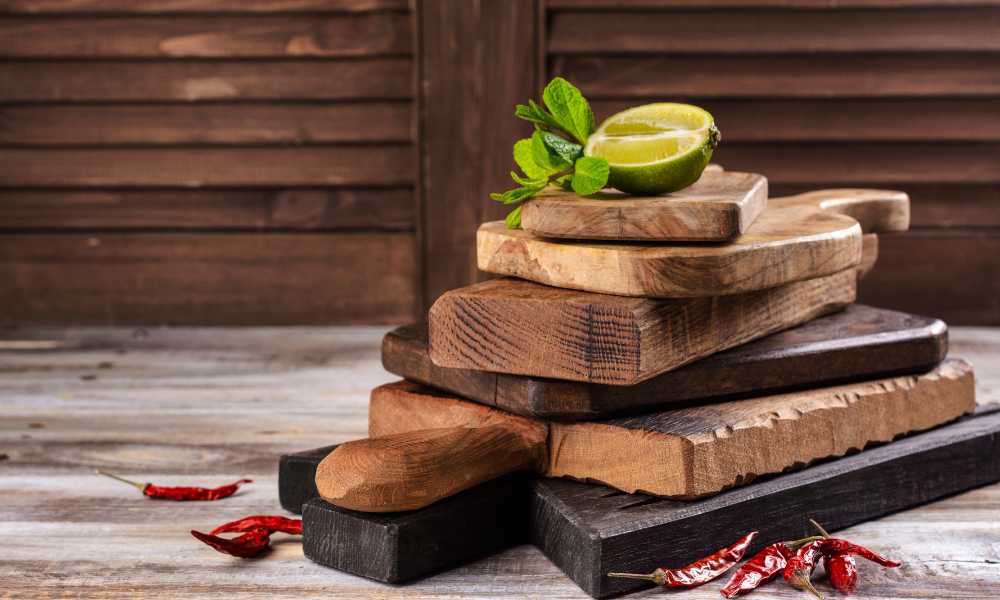Selecting the right wood for your cutting board is not just about aesthetics; it’s about functionality and longevity too. In this guide, we’ll explore “What Woods are Good for Cutting Boards,” providing you with essential insights into how different woods impact your culinary experience. From the robust durability of maple to the subtle softness of walnut, each wood type offers unique benefits and potential drawbacks. Whether you’re a professional chef or a home cooking enthusiast, understanding these differences will help you choose a cutting board that best suits your needs, enhances your kitchen’s efficiency, and stands the test of time. Join us as we delve into the best wood options for your culinary adventures.
Understanding Wood Hardness and Durability
When choosing wood for a cutting board, understanding its hardness and durability is crucial. The Janka hardness scale, a measure used to determine the resistance of wood to denting and wear, plays a pivotal role here. Woods with higher Janka scores, like maple, are typically more durable and provide a longer lifespan for cutting boards. This durability ensures that the board can withstand frequent chopping without deteriorating quickly, thereby maintaining its performance and appearance over time. By selecting a wood that matches the Janka rating suitable for kitchen demands, you can enhance the durability and functionality of your cutting board, making it a dependable tool in your culinary arsenal.
Hygienic Properties of Wood
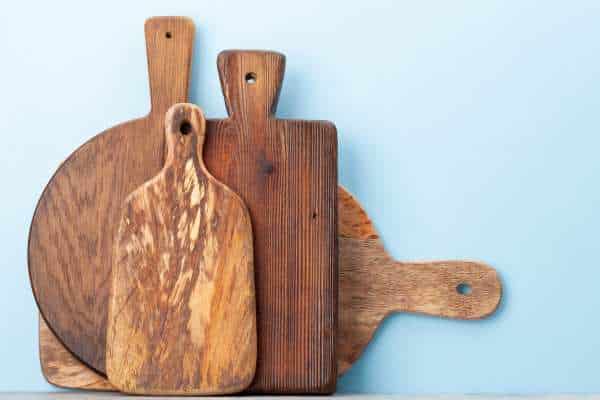
When choosing wood for kitchen utensils such as cutting boards, the antibacterial properties are a paramount consideration. Certain woods offer natural resistance to bacteria, making them ideal for culinary environments. For example, hardwoods like maple and bamboo are less porous, providing fewer crevices for bacteria to thrive. This natural defense helps maintain a more hygienic kitchen. On the other hand, softer woods with higher porosity might harbor more bacteria, potentially affecting food safety. Understanding these properties is crucial in selecting wood products that not only look good but also uphold the highest hygiene standards in your cooking space.
Maple: The Chef’s Choice
Maple is the top choice among chefs for cutting boards due to its exceptional qualities. Known for its impressive density, maple provides a sturdy, durable surface that can withstand heavy use without suffering excessive wear or dulling knives. The fine grain of maple not only contributes to a smoother, more stable cutting area but also adds aesthetic appeal to any kitchen. Furthermore, maple possesses natural antibacterial properties, making it a safer option for food preparation. These characteristics make maple cutting boards a practical and popular choice in both professional kitchens and home settings, ensuring longevity and hygiene during meal prep.
Walnut: Rich Color and Gentle on Knives
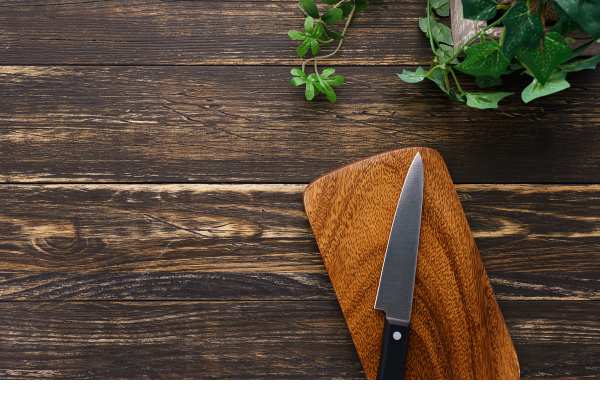
Walnut stands out as a top choice for cutting boards due to its unique blend of softness compared to other hardwoods, making it gentle on knife edges. This inherent softness helps in preserving the sharpness of your knives, reducing the frequency of sharpening. Beyond functionality, walnut is prized for its rich, deep color and attractive grain, adding a touch of elegance to any kitchen. The aesthetic appeal of walnut not only complements a variety of kitchen decors but also makes it a favorite among those who value both style and substance in their cooking tools. Choosing a walnut cutting board means investing in the longevity of your knives and enhancing your culinary space.
Cherry: Durability Meets Beauty
Cherry wood is renowned for its striking color and intricate grain patterns, making it a top choice for aesthetically pleasing home items like wall clocks. Its rich, warm hues deepen over time, enhancing the beauty of any room. Beyond its visual appeal, cherry wood offers remarkable durability. This hardwood can endure the rigors of repeated use and frequent cleaning without losing its charm. Ideal for high-traffic areas, cherry ensures that items like wall clocks not only perform well over time but also maintain their elegant appearance, proving that practicality and style can indeed go hand-in-hand.
Bamboo: Eco-Friendly and Sustainable

Bamboo cutting boards are gaining popularity among eco-conscious cooks and sustainable kitchens worldwide. Renowned for its rapid regrowth and minimal environmental impact, bamboo is an excellent choice for those looking to make eco-friendly kitchen decisions. This resilient material not only offers a durable surface that stands up to daily chopping and slicing but also requires minimal maintenance. Its natural antibacterial properties make it a safe and hygienic option for food preparation. By choosing bamboo, you’re not only selecting a high-quality tool for your culinary tasks but also contributing positively to environmental conservation.
Teak: High Oil Content and Water Resistance
Teak is a top-tier choice for Woods are Good for Cutting Boards due to its high oil content, which naturally enhances its water resistance and durability. These oils protect the wood from moisture and bacteria, extending the life of your board significantly. However, to maintain a teak cutting board’s optimal condition, regular care is crucial. It’s important to hand wash your board gently and avoid letting it soak in water, as prolonged exposure can degrade even the toughest woods. Oiling your teak board periodically can also help replenish its natural oils, keeping it resilient against water and wear while ensuring it remains a lasting fixture in your kitchen.
Beech: The Affordable Alternative
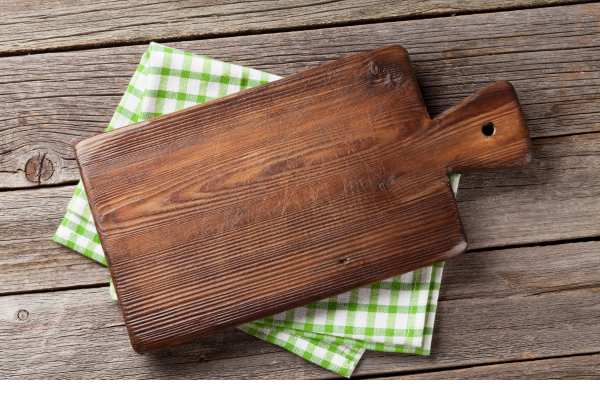
Beech wood offers an excellent, budget-friendly choice for cutting boards, making it an attractive alternative for both novice and seasoned chefs. Known for its impressive hardness, beech stands up well to daily cutting tasks, ensuring durability without breaking the bank. This wood’s consistent grain and fine texture not only resist knife marks but also contribute to a smoother cutting surface. As a result, beech cutting boards provide a resilient yet cost-effective solution in the kitchen, perfectly blending functionality with affordability. Ideal for those looking for quality on a budget, beech cutting boards are a smart investment for any culinary enthusiast.
Acacia: Unique Patterns and Toughness
Acacia stands out as a stellar choice for those seeking both beauty and resilience in their home furnishings. Known for its striking patterns and robustness, acacia wood offers exceptional durability, making it an ideal material for items that endure frequent use. Its natural hardness provides a formidable defense against scratches and dents, ensuring that products like cutting boards and furniture retain their pristine appearance over time. This unique combination of decorative appeal and practical strength makes acacia a preferred option for anyone looking to enhance their living spaces with elements that are as functional as they are stylish.
Caring for Your Wood Cutting Board
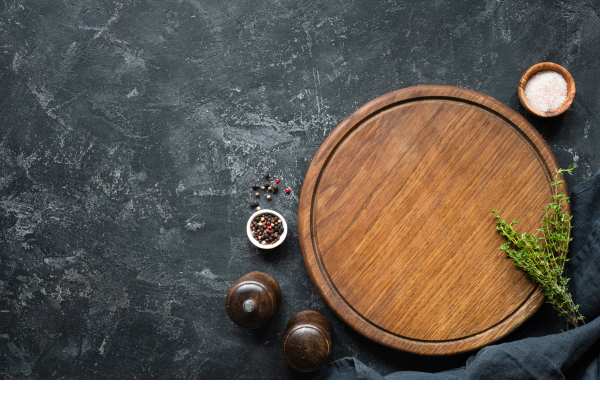
Proper care is essential to extend the lifespan of your wood cutting board. Regular cleaning, correct oiling, and proper storage all play vital roles in maintaining its quality. It’s crucial to avoid soaking your board in water or leaving it damp, as this can cause warping and cracking. Instead, wipe it down with a mild soap solution and dry immediately. Oiling your board periodically with food-safe mineral oil will help prevent drying out and cracking, preserving its surface and hygiene. Lastly, store your cutting board in a dry, ventilated area to prevent moisture buildup and bacterial growth. Remember, a little care goes a long way in preserving the beauty and functionality of your wood cutting board.
Conclusion
Selecting the right Woods are Good for Cutting Boards is crucial for ensuring durability, hygiene, and ease of maintenance. Woods like maple, walnut, and teak offer a blend of aesthetic appeal and functional excellence, making them top choices for both professional kitchens and home use. Remember, the right wood will not only enhance your cooking experience but also contribute to the longevity and cleanliness of your culinary tools. Consider the characteristics of each wood type discussed in this article to make an informed choice that suits your cooking style and maintenance preferences. Choose wisely, and your wood cutting board will be a valuable ally in your culinary adventures.

